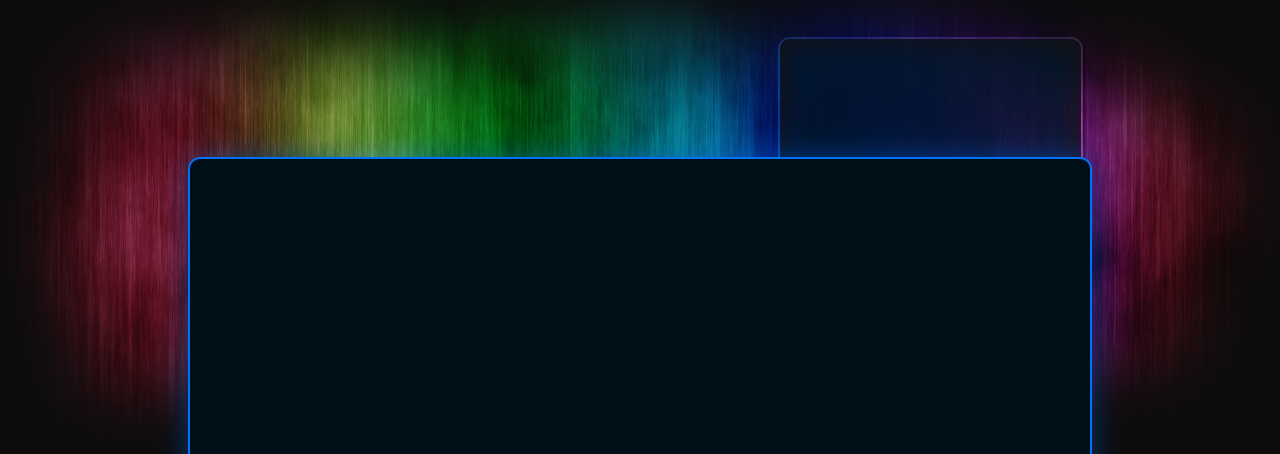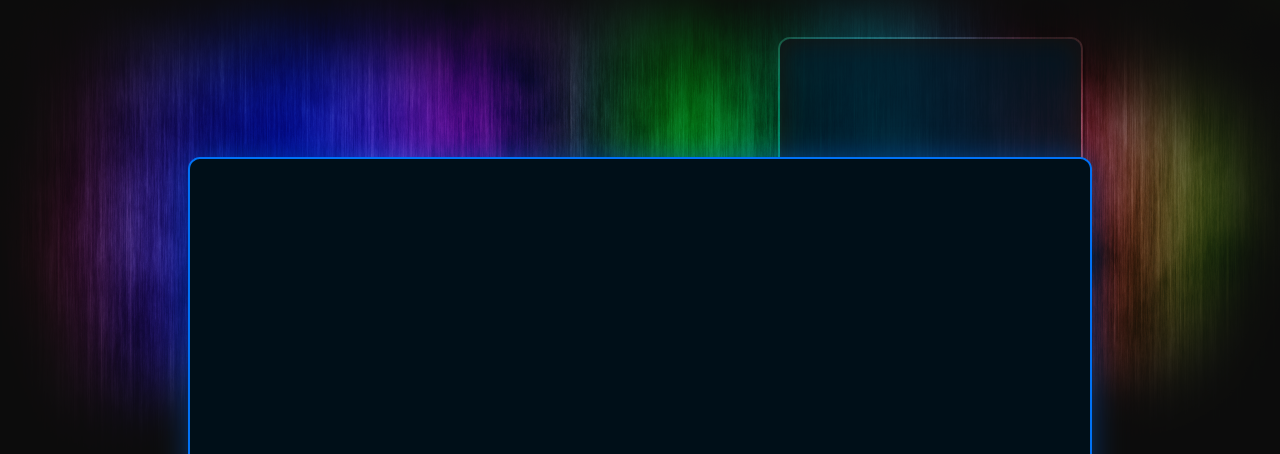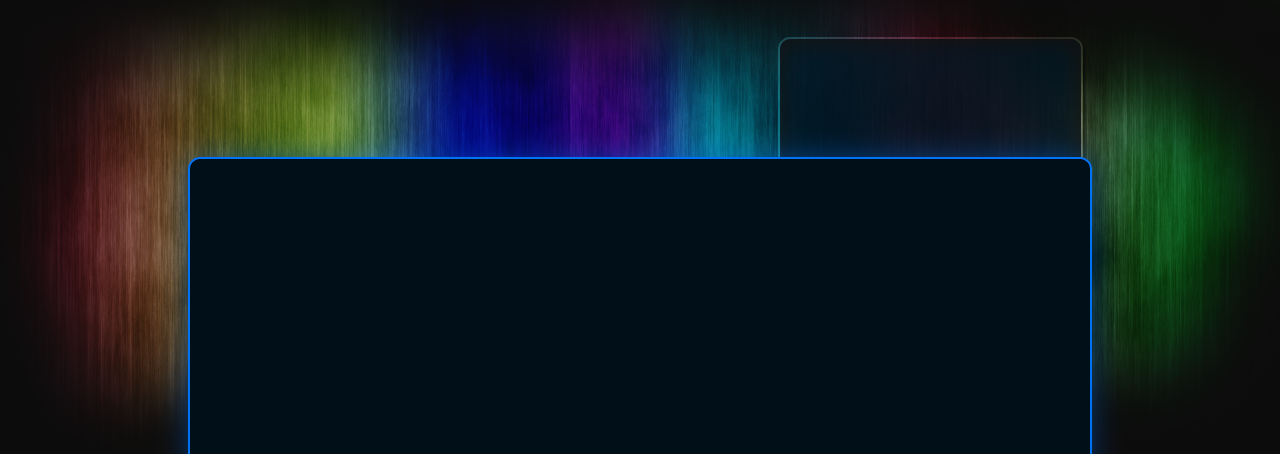via Neuroglobin – A potential biological marker of retinal damage induced by LED light.
LED light for general lighting applications seems to be the featured technology capable of solving all the problems in artificial lighting…
Is LED light really the solution for biocompatible artificial lighting or is the LED hype a premature rushing ahead of the industry? The ANSES report (2010) is still ignored tactfully but secretively by most lighting technicians and ophthalmologists…
The aspects of concern are constantly increasing, namely melatonin suppression, retinal damage and endocrine disorder. This NEUROGLOBIN publication adds another bit to the body of evidence, that LED lighting may represent a modern Trojan Horse, a light surrogate deceiving our eyes by its appearance and damaging our organism simultaneously by its masked/invisible spectral properties.
For the readers of this blog entry who aren´t aware of the underlying principles, this little text might be helpful:
Biocompatibility of non-thermal light sources – some critical aspects of concern.
by Alexander Wunsch
Energy-efficient artificial light sources such as fluorescent lamps and LEDs exhibit a spectral energy distribution with an emphasis on the short wavelength part of the spectrum. In contrast to thermal light sources (TLS), the wavelengths longer than 630 nm are lacking in the spectrum of most non-thermal light sources (NTLS).
Recent findings could demonstrate that NTLS have a stronger impact on melatonin suppression via the retino-hypothalamical tract (RHT) compared to fire and incandescent lamps. The lighting industry defines melatonin suppression as a quality feature of biologically valuable artificial light and even plans to incorporate this attribute into the international lighting standards. Simultaneously there is a growing body of evidence that melatonin suppression is at least a Janus-faced process, especially when it occurs between dusk and dawn: during night time melatonin suppression is not beneficial but deleterious.
Two pathways of melatonin suppression are already known: the systemic or endocrine mechanism via the RHT and the pineal gland and, secondly, the paracrine mechanism which controls the circadian photoreceptor regeneration in the retina itself. Up to now two cell types have been identified to produce melatonin on site: the photoreceptors and some ganglion cells. Since hampered regeneration is one important precursor of degenerative diseases, the ocular melatonin suppression by NTLS sets a focus on age related macular degeneration (AMD), a deleterious disorder leading to blindness with alarmingly increasing incidence in modern societies.
With regard to AMD, blue-enriched light is a problem concerning the melatonin suppression, but also it generates higher amounts of reactive oxygen species (ROS) in the retina and especially in the macular zone. In this context the lack of red and near infrared radiation in NTLS enters the stage. Photoreceptor cells have by far the highest oxygen consumption compared to any other cell type in the body. Metabolism is a key word in the macular zone, which is, due to optical requirements, an area without capillary vessels. Despite the ultra high metabolical demands in this critical zone, all transport activities depend on diffusion over a larger distance than usually found in other organs. Red and infrared radiation acts as a diffusion enhancer, since the water molecules in the tissue absorb the long wavelength light energy and transform it into molecular movement. As a second aspect, red and near infrared light is absorbed by certain chromophores of the electron transport chain, leading to an increased production of adenosine triphospate (ATP), especially in metabolically stressed cells. Up to now only thermal light sources provide this feature of balanced spectral energy distribution with regards to short and long wavelengths, whereas NTLS challenge the retinal tissue by reducing the metabolical activity and simultaneously increase the oxidative stress.
In summary, NTLS have an undesirable impact on endocrine and paracrine melatonin production during the regeneration phase and, due to their unbalanced spectrum, increase the metabolical tasks and reduce the metabolical activity in the tissue of skin and retina.




